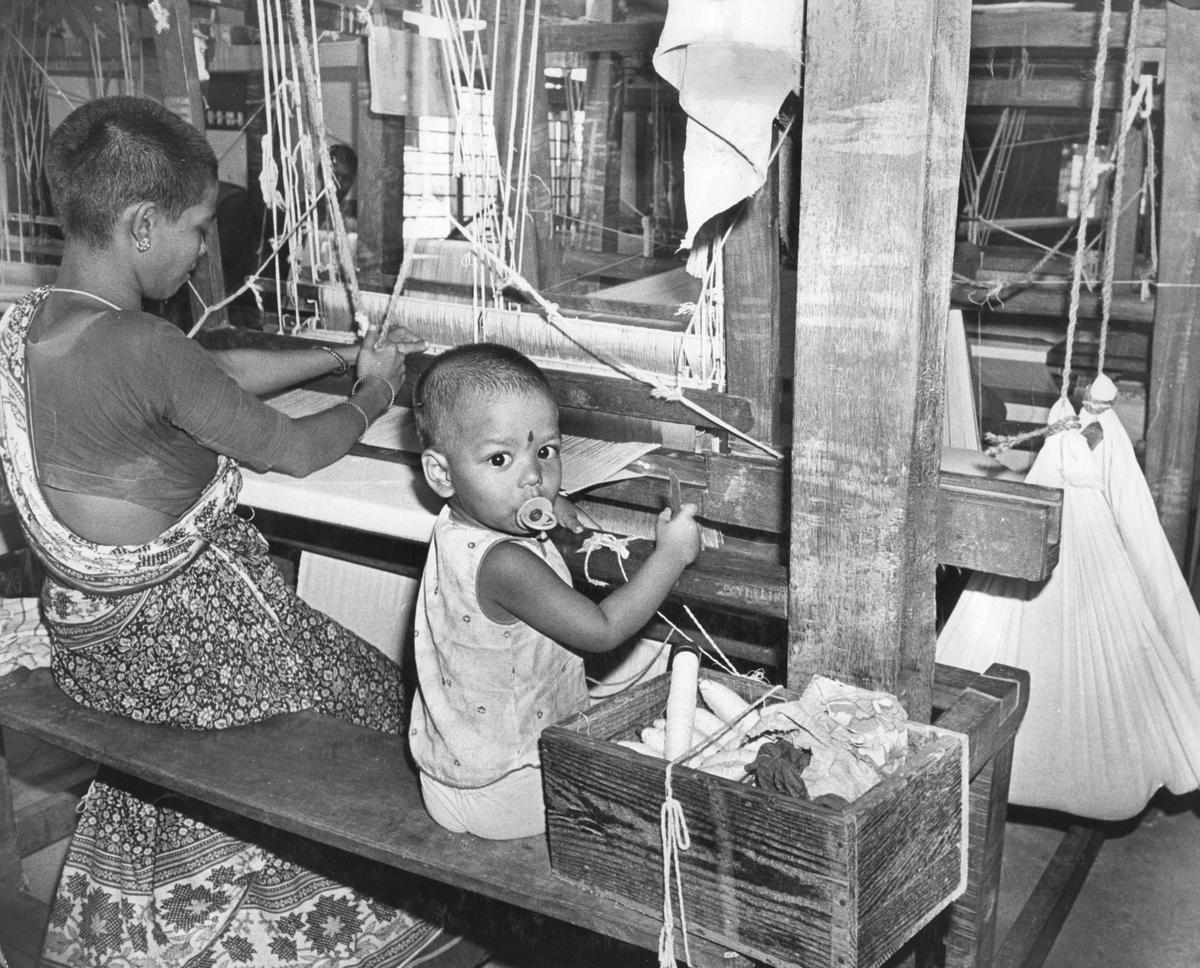Cooperative societies: Key to equitable development
Cooperative societies have a long history spanning more than a century in India. The concept of collaboration and cooperative activity was widespread throughout our nation even before legislation established cooperative organisations. It existed in the form of building assets like community tanks as well as community-managed forests in villages. Different regions had varied forms of cooperation, such as kuris, chit funds, bhishies, and phads. There have been instances of villagers pooling food grains after an enduring harvest to lend to those in need before the next harvest. On International Day of Cooperatives, observed on July 5, let’s look at the emergence of cooperative organisations and their contributions to the welfare of the people in the country.
What are cooperative societies?
They are an independent or self-governed group of people who voluntarily come together to work for economic, social and cultural goals through a collectively owned business. Cooperative societies are formed to help their members, who are mainly from the economically weaker sections. The different types of cooperative societies include agricultural cooperatives, consumer cooperatives, housing cooperatives, and banking cooperatives.
Modern cooperative movement in India
In the late 19th Century, the aftermath of the Industrial Revolution shaped the modern cooperative movement in India. The rural population was widely displaced, with many choosing agriculture as a means of livelihood. However, this did not solve their issues – farmers faced mounting challenges like erratic rainfall, leading to poor crop yield, and a growing dependence on moneylenders who offered them high-interest loans. Taking cognisance of these challenges, a committee, appointed by the government of India and headed by Sir Edward Law, enacted the Cooperative Credit Societies Act on March 25, 1904, which outlined the framework for establishing cooperative societies, registration, liabilities, etc. In the same year, on August 21, India’s first cooperative society was established at Tirur in Tiruvallur district of Tamil Nadu. Then in 1912, the Cooperatives Societies Act addressed the shortcomings of the 1904 Act, broadening the focus to encompass handloom weavers, marketing groups, and other artisan societies. The first Cooperative Housing Society, the Madras Cooperative Union in 1914, the Bombay Central Cooperative Institute in 1918, and other establishments in Bengal, Bihar, Orissa, Punjab, and other states emerged following the 1912 Act, further fuelling the impetus of the cooperative movement.

Honey being filled in bottles at the Mudigere branch of the Sakleshpur Bee-keepers Co-Operative Society in Karnataka.
The success story of Amul
Prior to 1946, India’s dairy industry was highly unorganised. Milk collection and distribution were controlled by private traders and merchants who exploited the poor farmers by arbitrarily fixing low procurement costs. During this time, the demand for milk was high in cities, but the transportation and preservation of something as perishable as milk was a herculean task for the dairy farmers. To end the persistent woes, dairy farmers in the districts of Anand and Kheta came together to form cooperatives to have more control over the production and sale of milk. These cooperatives grew into the Gujarat Cooperative Milk Marketing Federation Ltd., which later came to be known as Amul, marking the beginning of the White Revolution. It was established under the supervision of Indian independence activist and lawyer Tribhuvandas Patel. It was Dr Verghese Kurien and H.M. Dalaya who expanded the scope and development of the cooperative.
Amul, which stands as an abbreviation for Anand Milk Union Ltd., empowered the small farmers by establishing a three-tier structure to form a hierarchical network. The three-tier structure involved having village cooperatives at the local level, district cooperatives at the district level, and a state federation at the state level. Milk collected by the village cooperatives from farmers is sold to the district cooperatives who sell aggregated milk to the state federation. The state federation then sells the milk and milk products under the Amul brand across India. In addition, the district and state federations played a pivotal role in providing managerial and technical support to the village cooperatives. Farmers now gained access to high-end technology and greater bargaining power. They also had access to loans and insurance and other financial incentives from banks through cooperatives. Consumers also had access to high-quality and affordable dairy products. All in all, this decentralisation shaped the course of Amul to become one of the Fast-Moving Consumer Goods (FMCG) brands in India.
How have cooperative societies helped in the rural economy of India?
As India houses 65% of its population in rural India, with agriculture and dairy farming as a source of livelihood for farmers, cooperative sectors have played a significant role in the upliftment of the rural economy by fostering financial inclusion – giving farmers access to credit and financial services and offering loans to those who might not qualify for availing loans from commercial banks. One such example is the Primary Agricultural Credit Societies (PACS) providing credit, input supply, and other financial services to farmers. By supporting local industries, cooperative societies are instrumental in the creation of jobs, leading to a rise in economic activities in the area.
With over 8,00,000 cooperative societies categorised in 29 different sectors, India has the highest number of cooperative societies in the world. Several initiatives, including the computerisation of PACS, tax benefits to the cooperative societies, participation of PACS in LPG distributorship, and the convergence of the PM Kusum scheme, have been launched by the government, further strengthening and expanding the model of cooperative network worldwide.

A woman, with her child nearby, is seen at work in the weaving section of the Pondicherry State Weavers’ Cooperative Society in 1982
Published – July 05, 2025 10:00 am IST